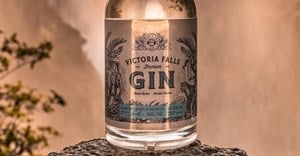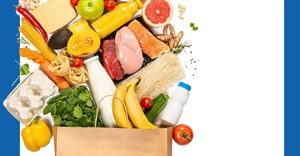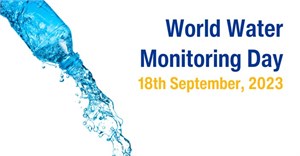Growth trends revealed for SA's wine and spirits markets

White spirits drive category growth
BMi Research recently released a report stating that the rand exchange rate against other foreign currencies was volatile throughout the year impacting the level of imports and exports. Surprisingly the spirits category did well amidst all the negative economic factors. BMi Research states that white spirits were the major driver of growth for the category. The likes of gin and vodka were the main drivers for the growth experienced in the white spirits category, following the global trend.
Similar to other alcoholic beverage categories, the off-consumption channel performed better than the on-consumption channel for the spirits category as well. Promotional activity of spirits products in retail stores and wholesale channels (the off-consumption channel) may have driven the increased volume demand. Inasmuch as the spirits category is believed to be perceived as a premium product, the consumer may still be looking for products that are cheaper, to make their money to stretch a little more in tough economic times.
Gauteng remained the mainstay region for the spirits category. The region has a large population base that naturally drives demand for alcoholic beverages, spirits included. Gauteng is also the economic hub of the country with residents who have a higher level of disposable income and can afford to buy premium products such as spirits. The second largest region in terms of volume for the spirits category is the Western Cape, followed by KwaZulu-Natal.
The brown spirits continued to dominate the spirits category. This subcategory is well established and has a large consumer base. However, over the years, the brown spirits sub-category has been losing share to the white spirits category. White spirits are gaining popularity amongst the younger generation, and bartenders and mixologists are inventing new drinks using white spirits which cater for this consumer base.
The industry selling price increased positively from the recorded price in 2016. The increase in price was lower than the headline inflation rate for the base year. A substantial number of brands in spirits category are imported and thus producers were not affected by the increasing local production costs.
Wine export volumes increase
Despite the poor performance of the economy, BMi Research states that the wine industry yielded a positive volume growth relative to the previous year. The growth in production may be attributed to farmers investing in improved irrigation systems as certain parts of the country have experienced drought for the past three years. The implementation of water quotas caused by the drought led to a spike in the costs of production, possibly hampering further production of wine.
The on-consumption and off-consumption channels both saw a decline in volume. The on-consumption channel experienced the largest drop, and a similar trend can be seen across other alcoholic beverages. Lower disposable income due to the weak economy may be one of the contributing factors to the reduced demand for wine in the on-consumption channel, as consumers may be going out less often than previously.
Exports saw a surge in volume during the base year, making up the majority share of the total volume share for 2017, as international demand for wine has increased tremendously over the past few years. The weak rand exchange rate against other currencies made the export trade more attractive for local producers. It is also believed that certain parts of Europe experienced a bad harvest which led to a rise in imported wine from South Africa.
Locally the wine industry performed below par for 2017, as the volume declined compared to 2016. The only region that recorded a growth in volume for the base year was Gauteng for the base year. The poor performance of the category in other regions may be attributed to cheaper alcoholic beverages that offer greater value for money than wine. Wine has also had to compete with other alcoholic beverages, such as beer, which saw an increase in volume for the same period.
Natural wine remained the mainstay of the wine category for 2017. Natural wine is believed to offer better value for money, as it is priced cheaper compared to other wine types In times where consumers are looking for products that will stretch their budget, the purchase of more affordable products becomes a more attractive option.
The industry selling price increase in wine far exceeded annual CPI. It is said that the drought was a major driver of the price hike as many vineyards are situated in the areas that were hit the hardest. This had a knock-on effect on production costs.

















